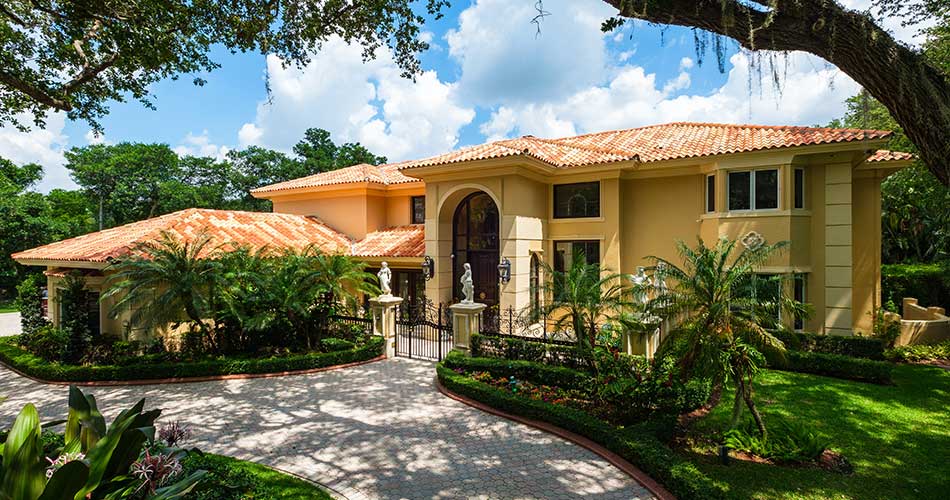By William Deutsch
Physical Security addresses actions you can take to protect buildings, property, and assets against intruders. When designing a physical security program, the three levels you need to protect are your outer perimeter, your inner perimeter, and your interior. If you can implement two or three forms of security at each level, then you will more than likely have an effective physical security system.
Outer Perimeter Security
The outer perimeter of your property is defined by your actual property lines. In securing the outer perimeter, your goal is to control who can walk or drive onto your property. One of the more extreme forms of perimeter security is a barbed wire fence with a gate protected by an armed guard. In other cases, a simple hedge may be sufficient. In deciding what type of perimeter security to implement, you need to weigh the risk of an intruder entering your property with the cost of the available physical security measures.
Two security concepts involved in perimeter security are Natural Access Control and Territorial Reinforcement.
Natural Access Control
Criminals like to feel that they are in control as they enter and exit an area. When they are in control, they have a low perception of risk, since they believe they can move about unnoticed. However, this sense of control can be denied by limiting and clearly marking the approaches to buildings and properties, thereby channeling visitors into a defined area.
Natural Access Control is the use of building and landscaping features to guide people as they enter and exit a space. When applying Natural Access Control, both entrances and exits should be taken into consideration. Not only do you want to discourage intruders, but you also want to close off any potential escape routes.
Territorial Reinforcement
The purpose of Territorial Reinforcement is to prevent unauthorized entry and to create a clear distinction between public and private property. This distinction is important for two reasons: legitimate occupants have a sense of ownership and will notice people who don’t belong; intruders, on the other hand, will have a hard time blending in. Territorial Reinforcement is not the same thing as perimeter security, but the goal of both is the same: keeping intruders off of your property.
Inner Perimeter Security
Your inner perimeter consists of the doors, windows, and walls of your building(s). Protecting your inner perimeter is usually accomplished with locks, keys and alarm systems. The purpose of locks and keys is to keep intruders out. An electronic access control system is also a useful tool to control the flow of traffic into your inner perimeter. Finally, the alarm system warns you when the perimeter is breached. When installing any perimeter physical security program, be careful not to lose control of your keys.
If an unauthorized person can make copies of your keys without your knowledge, then you have a serious security weakness.
Interior Security
Interior security is your final level of security and consists of the interior of your building(s). Security cameras are an effective tool for monitoring the interior of your business as well as recording evidence of crimes for later investigation. You can protect your interior with motion detectors that will sense the presence of intruders, security guards, and volunteer floor marshalls. Electronic access control systems can also be employed to control the flow of traffic within your facility and prevent unauthorized people from gaining access to protected areas.
Conclusion
While many of the means to provide perimeter and interior security overlap (for example, security guards and cameras can protect your perimeter or interior), thinking in terms of these three levels, and trying to implement two or three physical security measures at each level, will help you to implement appropriate physical security measures.

